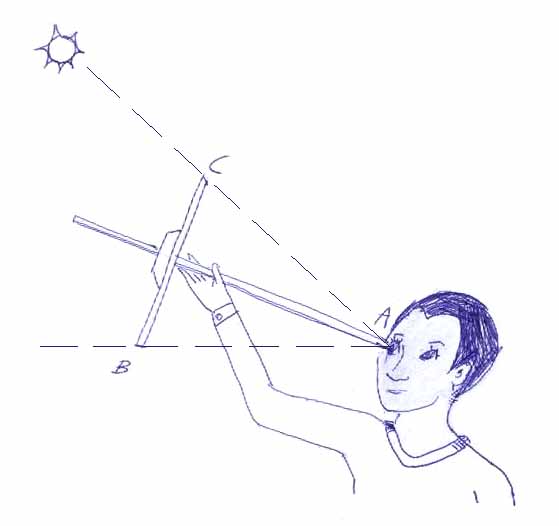SixPapaCharlie
May the force be with you
- Joined
- Aug 8, 2013
- Messages
- 16,068
- Display Name
Display name:
Sixer
We are flying a couple planes on a family trip this weekend.
I am in a plane that would make edFred proud
Bare bones. It has a sundial and some sort of ladle for navigating and wooden cross you point toward the north star and shove in your eye

Ok, so it has 1 single radio very similar to what the professor made on Gilligan's Island.
Dad will be in the good plane with multiple radios. Ideally we want to have a frequency we can chat on in case I think of an awesome joke about balls.
I know there is a freq. set aside for dudes to talk about fishing. I googled and couldn't find it. I was thinking about just pulling up something odd like 121.4 which I don't think would have a lot of people on it.
He would monitor this frequency on comm2 and I could switch over real quick and communicate w/ him and if he had some thing to say to me he could click his mic 3 times (we would both be on center) or make a subtle, unique sound that would be my cue to switch to that frequency.
So far this is what we have come up with for a cue for me to switch over to that frequency
The real reason behind this question is we are bringing along 4 people that have flown small hops, 1 requires Dramamine but does ok, one sometimes is a rock-star but gets nervous if it is crazy bumpy so it may go smoothly but there may be a need for us to stop and take a break, 1 this will be his 2nd flight in a small plane. The other is Mrs 6PC so no issue there
At any rate, it would be beneficial having a means to
1. get the others attention somehow so I can switch over
2. communicate preferably a low chatter line as being on FF and monitoring another channel w/ lots of chatter can be bothersome.
If not using the commonly accepted chat frequency how do you pick one?
Any reason he couldn't just say "Bryan switch" on the center freq. to get my attention?
I am in a plane that would make edFred proud
Bare bones. It has a sundial and some sort of ladle for navigating and wooden cross you point toward the north star and shove in your eye

Ok, so it has 1 single radio very similar to what the professor made on Gilligan's Island.
Dad will be in the good plane with multiple radios. Ideally we want to have a frequency we can chat on in case I think of an awesome joke about balls.
I know there is a freq. set aside for dudes to talk about fishing. I googled and couldn't find it. I was thinking about just pulling up something odd like 121.4 which I don't think would have a lot of people on it.

He would monitor this frequency on comm2 and I could switch over real quick and communicate w/ him and if he had some thing to say to me he could click his mic 3 times (we would both be on center) or make a subtle, unique sound that would be my cue to switch to that frequency.
So far this is what we have come up with for a cue for me to switch over to that frequency
The real reason behind this question is we are bringing along 4 people that have flown small hops, 1 requires Dramamine but does ok, one sometimes is a rock-star but gets nervous if it is crazy bumpy so it may go smoothly but there may be a need for us to stop and take a break, 1 this will be his 2nd flight in a small plane. The other is Mrs 6PC so no issue there
At any rate, it would be beneficial having a means to
1. get the others attention somehow so I can switch over
2. communicate preferably a low chatter line as being on FF and monitoring another channel w/ lots of chatter can be bothersome.
If not using the commonly accepted chat frequency how do you pick one?
Any reason he couldn't just say "Bryan switch" on the center freq. to get my attention?




 If there is no glider activity 123.3 is usually quiet.
If there is no glider activity 123.3 is usually quiet. ...
...